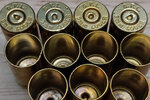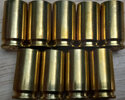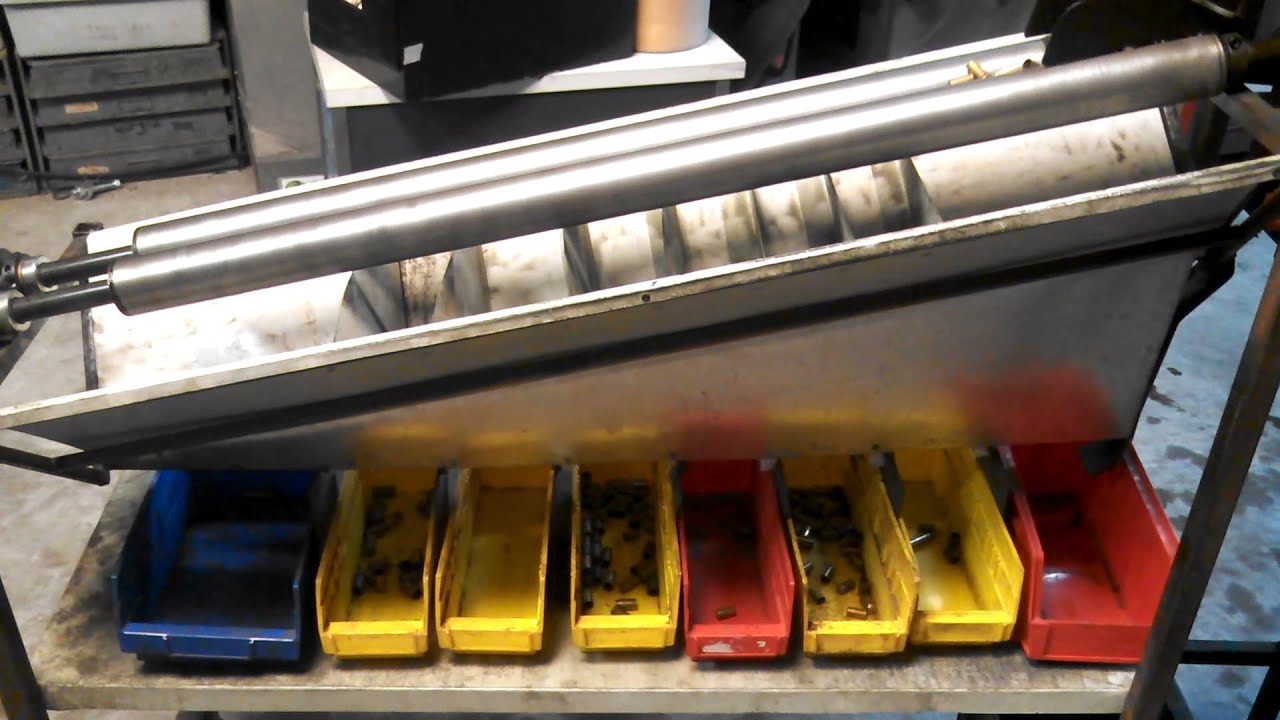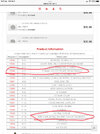I load only 9mm on my 6000 with only mixed range brass and have never had an issue like you explain I know for a fact that I have had GFL and/or Fiocci brass.
This to me is the only thing that makes sense. Its hard to me to believe that the dis was so durty that it caused enough friction to cause your issue, but after cleaning it seemed to get better. I'd hate to tell you how often I clean my sizing dies, but not often. If I were to have issues similar to yours cleaning would be the first thing I would do. You should not have to lube 9mm in cabide dies to make them work. Does it make things smoother ? Yes. Some people do lube 9mm, but you shouldn't NEED to if using carbide dies.
-Jeff





